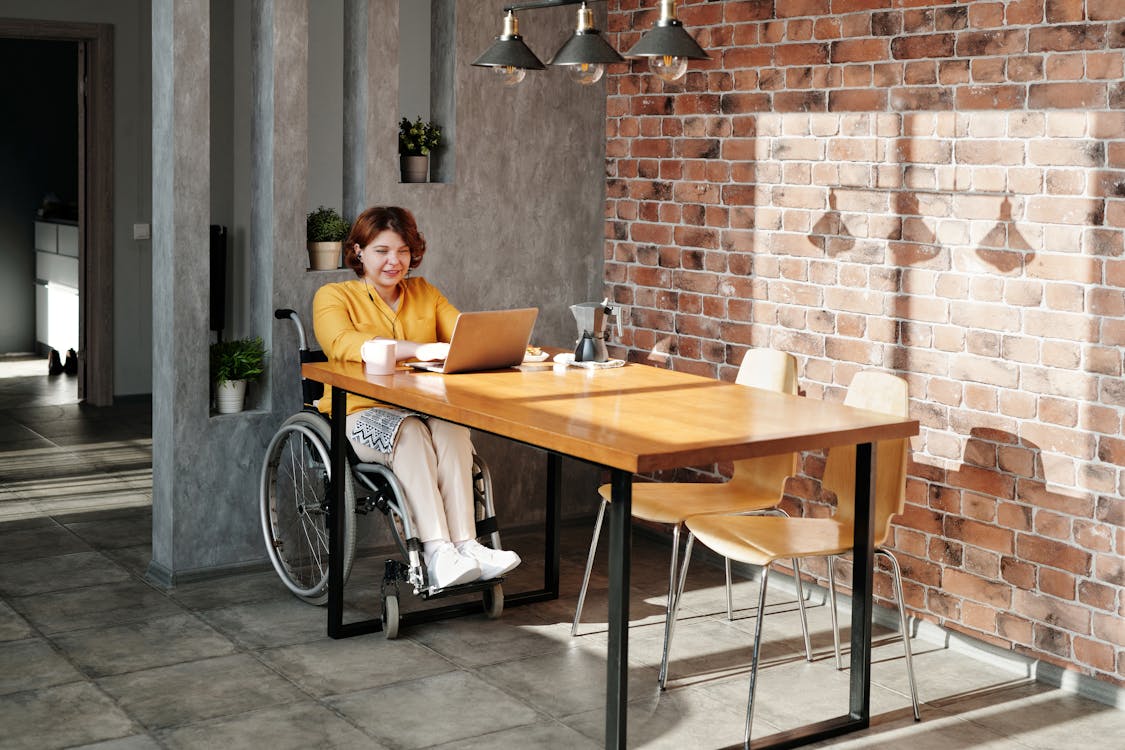Feb 10
2021
The Assistive Technologies That Matter Right Now

Assistive technologies are tools and devices that support the needs of people with disabilities. These technologies aim to improve the lives of more than 100 million people who experience significant disabilities. Sadly, the World Health Organization points out that only 5% to 15% of people with disabilities have access to assistive technologies.
It’s for this reason that both the tech and healthcare should work together in terms of improving mobility and essential everyday functions. For now, there are already a number of new assistive technologies that are making people’s lives easier, from upright walkers to power wheelchairs. Check out some of them in the list below:
Smart homes
For people who suffer from conditions that limit their mobility, smart homes are becoming sought after in greater numbers. As virtual assistant technology becomes even more sophisticated year by year, home automation will surely provide high levels of comfort, ease, and security. Using voice commands, you could activate security systems, schedule meetings, search online, and even cook meals. Although such capabilities have not come full circle yet, the increasing drive to wire homes to the Internet of Things (IoT) holds much promise for the future.
High-end hearing aids
In recent years, researchers from the Columbia University School of Engineering and Applied Science have been developing a next-generation hearing aid. Unlike cochlear implants that only restore a portion of a person’s hearing, cognitive hearing aids allow users to listen to voices or sounds they are focusing on. The technology uses brain signals to single out individual sound sources so users know who they are talking to. This exciting concept is definitely worth following, but in the meantime, people with hearing loss can still access quality and easy-to-maintain devices from providers such as Helix Hearing Care.
Exoskeletons
While originally being the stuff of science fiction, exoskeletons are slowly edging towards reality as researchers look into the possibility of using exosuits to help people who suffer from brain injuries, stroke, and other conditions. Robotics companies are already developing prototypes of exosuits in the hopes of helping people recover from mobility impairments. Such disruption could help not just civilians but military personnel who were severely injured in combat. However, it will take years before full exosuits become accessible. On a positive note, certain companies have already developed exosuits that provide partial mobility regeneration on areas such as the legs, arms, and shoulders. This alone shows that we are on the right track towards giving patients the hope of a full recovery.
Wearable gadgets
Although this is nothing new to the field of clinical technology, the use of wearable devices is recently becoming an emerging niche. For one, there are smartwatches that translate digital messages such as SMS and email into braille. Wearable devices could also be used to remotely activate appliances within smart homes. Along with mobile applications that cater to assistive tech, wearable devices could allow patients to perform a wider array of actions without difficulty.
Through technology, there is hope for people who experience debilitating conditions, but how do we determine the actual impact that such devices and software could bring? Only time will tell us the answers.